I love meat. From a dry-aged Wagyu rib-eye steak to 7-Eleven hot dogs, meat is delicious in so many forms. My appreciation goes beyond the beef, pork, and chicken that are dinner table staples. I am passionate about trying as many animals and animal parts as possible, and my kids share this love with me. They fight for the chicken feet in the Cantonese soups, ask for bison steak on their birthday, and remind me to buy beef aorta at the grocery store.
Before any of this happened, though, I used to be a vegetarian. For eight years, I was the weirdo with a strict dietary restriction who ruined dinner parties by always turning down Outback Steakhouse and KFC. People often questioned my reason for avoiding meat, the answer to which boiled down to me not wanting to harm cows or pigs the same way they wouldn’t harm dogs or cats. Years later, when I turned back to the dark side of eating habits, those conversations formed a new philosophical framework for me to think about food.
The core of that thinking was to see every slice of meat as part of an animal carcass, a simple fact that a lot of people prefer not to be reminded of. I began to challenge the conventional distinction between “edible” and “inedible” animals. What makes it cruel to eat a dog, a four-legged mammal, but completely okay to equate a cow to juicy burger patties? From biology to religions with an emphasis on animal souls, I’m not aware of any basis to make such a distinction. What we eat versus not eat is merely an arbitrary social norm at a given time. And you know what? It’s lame to do something simply because everyone else does it.
With that mindset, my life has become an endless quest to eat different meats. What animals do other cultures have on their dinner tables? Which exquisitely tasting delicacies have we been missing out? Or perhaps, why did people choose NOT to eat certain animals? I want to know the answers to all these questions, with the exception of endangered (pandas) and dangerous (fugu/puffer fish) animals.
This series is an attempt to catalogue everything interesting that I have eaten. In the first post, we’ll focus on mammals.
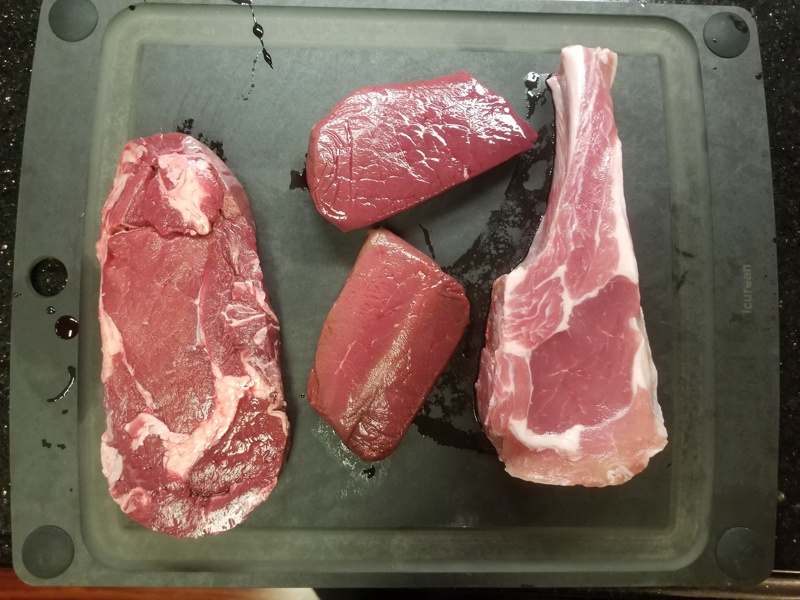
Beef & Pork
Listing here for completeness, but there’s nothing to say. As a Chinese American, my two cultures probably have exhausted all possible culinary uses of cows and pigs.
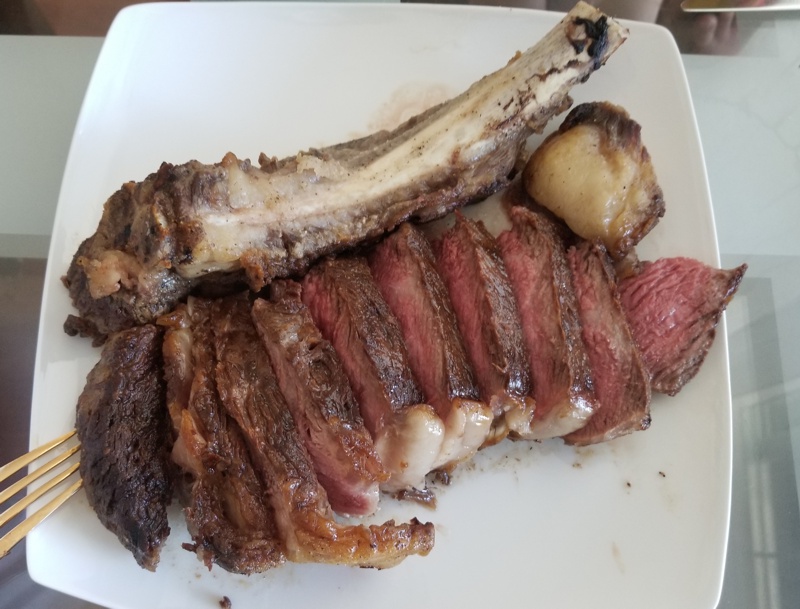
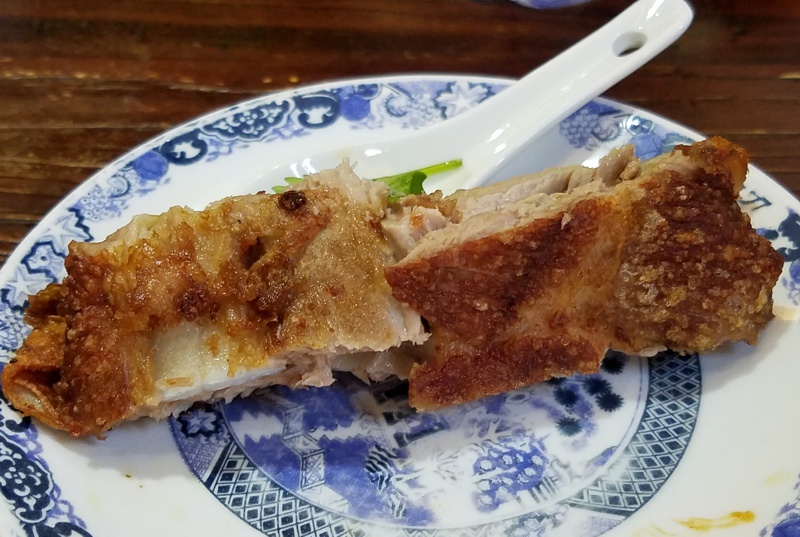
Beef (Raw)
While medium rare is the gold standard for steaks and chops in the US, any red meat less cooked than that is quite uncommon. Raw beef nigiri (sushi) and beef tartare are two exceptions that come to mind. Many people may avoid them, but generally regard such dishes as high-end rather than barbaric.
I love both, but can’t help but notice how raw beef is always eaten with heavy seasoning. The fatty meat is used primarily for the smooth mouth feel, while its rawness in flavor gets masked under sauce, salt, and herbs.
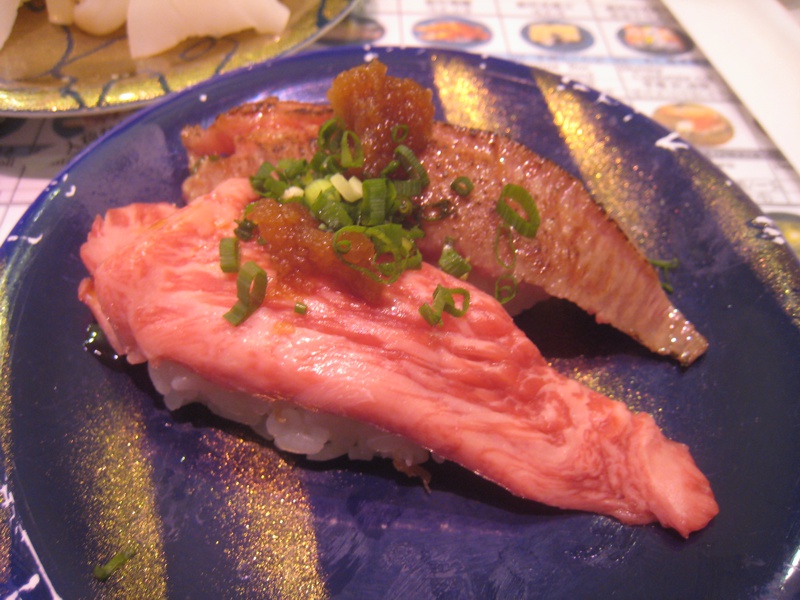
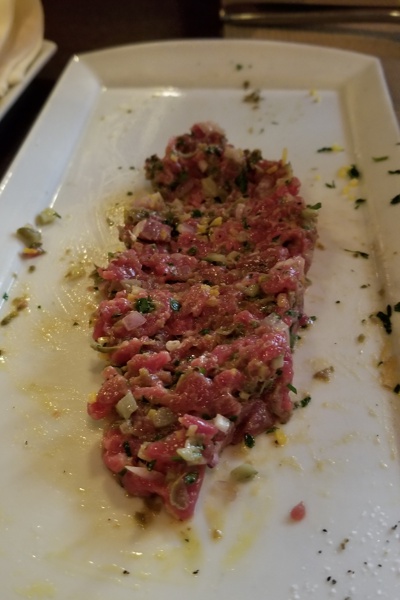
Lamb
The only thing weird about lamb is how many people don’t eat it. It became our family’s official favorite meat when we unanimously agreed that $9/lb lamb round bone chop tasted better than $32/lb dry-aged beef rib-eye. From chops and skewers to soups and curries, we almost always prefer lamb to other red meats, regardless of cuisine.
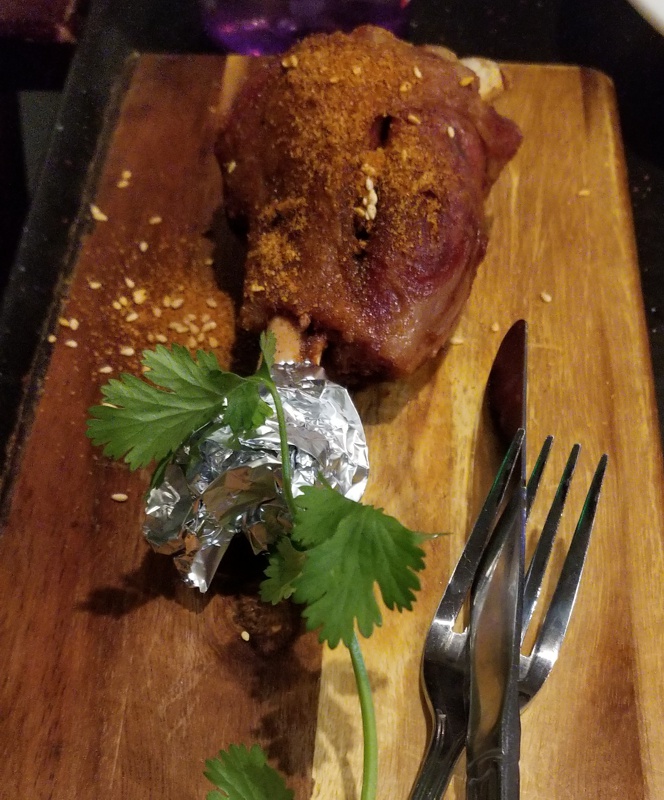

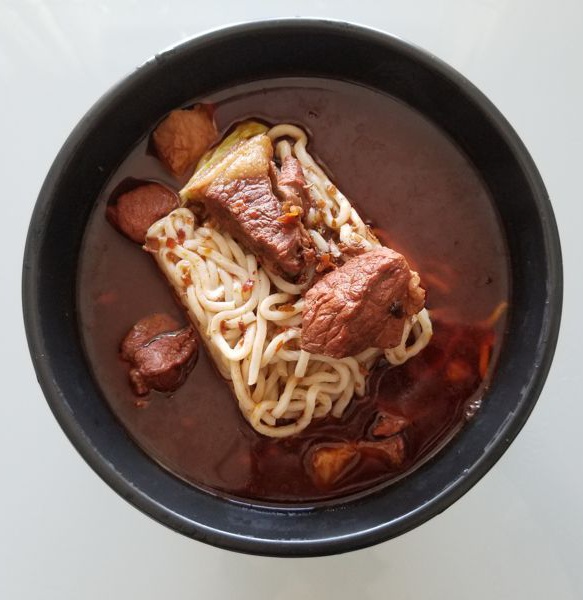
Goat
Goat and sheep are not clearly distinguished apart in the Chinese language. If you don’t specify “mountain” or “woolly”, they are often treated as the same animal. As such, I haven’t always been aware of the difference between goat and lamb, and suspect some “lamb” dishes that I had enjoyed were in fact goat. To add to the confusion, South Asian restaurants often refer to both as “mutton” while goat is more common in their cuisines.
As far as I can tell, goat is a leaner, stronger version of lamb, with a similar but more concentrated flavor profile. Those of us who love lamb should find goat tastier, but people who dislike lamb would probably hate goat. Unlike lamb which is sometimes seasoned lightly, all goat dishes I can recall are soaked in heavy spices.
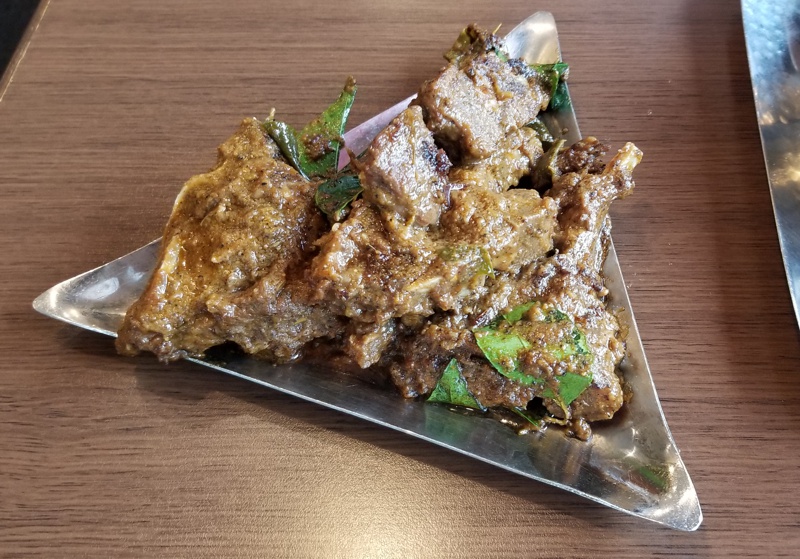
Veal
Listing here only because veal has its own word in the English language, as if baby bull meat is somehow not beef. I know some foodies are really into veal for its tenderness, but I personally find it not having as much flavor. It’s definitely good meat, but not particularly exciting IMO.
Fun fact: Wikipedia describes veal as a “byproduct of manufacturing cheese”.
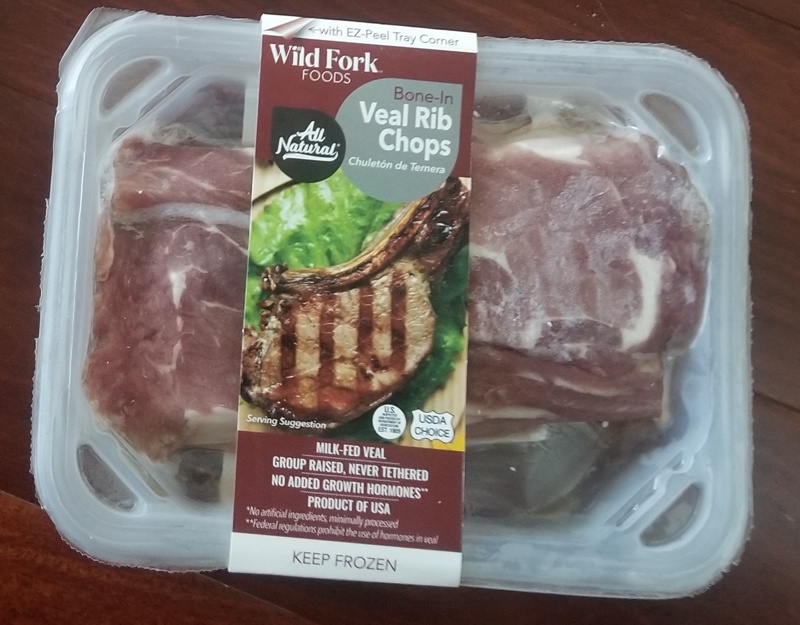
Bison
Bison to beef is like goat to lamb. The original animal looks similar but more wild. The meat tastes similar but more gamy, with a more concentrated flavor. I’ve only had two opportunities to try bison, but both experiences made me immediately long for the ability to substitute beef with bison everywhere.
The first time was at Ted’s Montana Grill in Manhattan. My buddies took me out to celebrate the first ever promotion in my career. I ordered a chili burger, which was the messiest thing I’ve eaten in the middle of a work day. The rich flavor in both the bison chili and the bison patty was unforgettable.
The second try was a frozen bison rib-eye steak that I ordered online after years of missing the bison meat. Xuan requested it for her 8th birthday. It was as delicious as I remembered, and everyone in the family loved it, too.
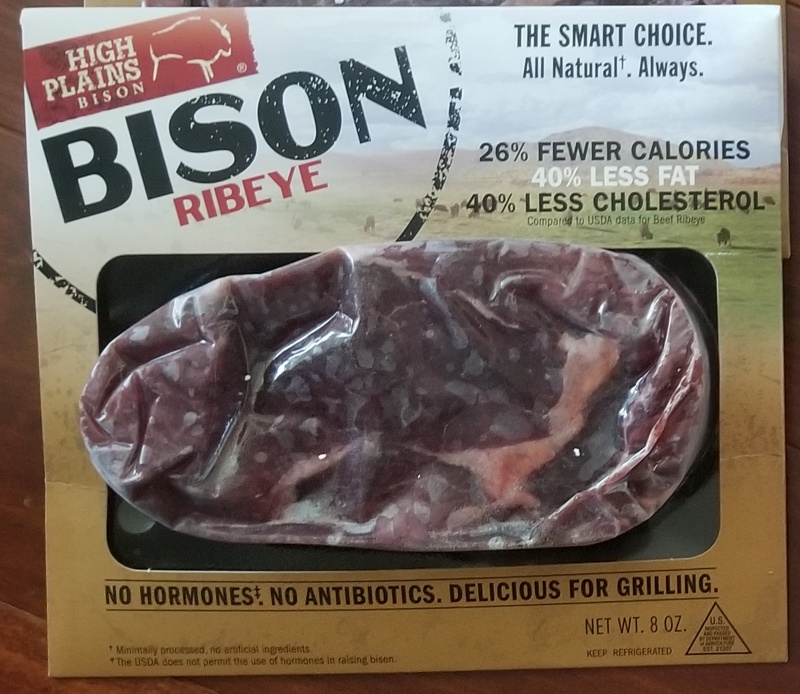
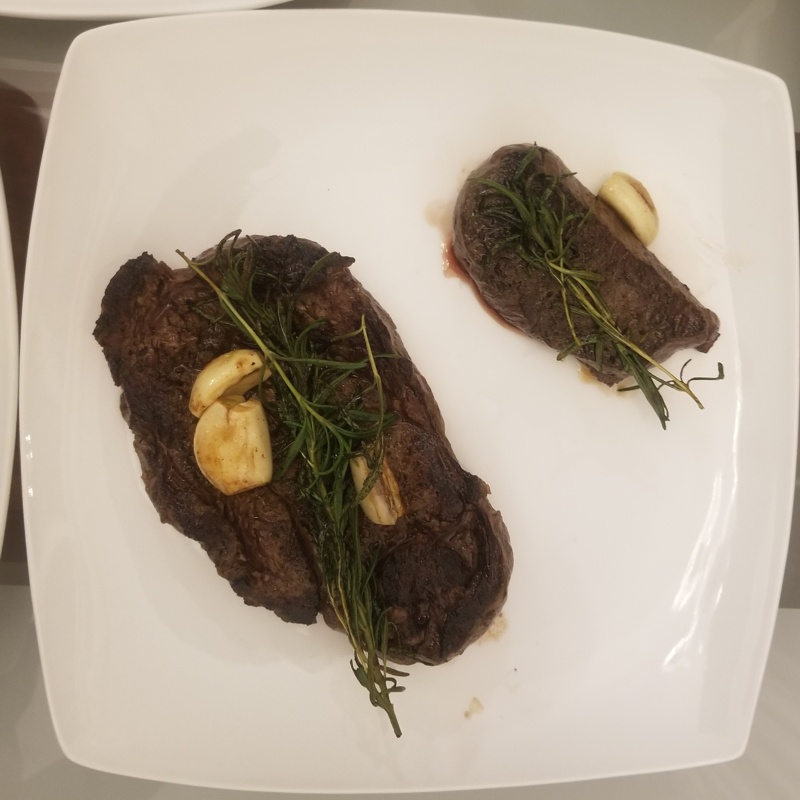
Venison
My sister in law and her husband got me some game meats for birthday after I obsessed with the topic for a while. It was a super cool present! I was particularly excited about the thick filet of venison.
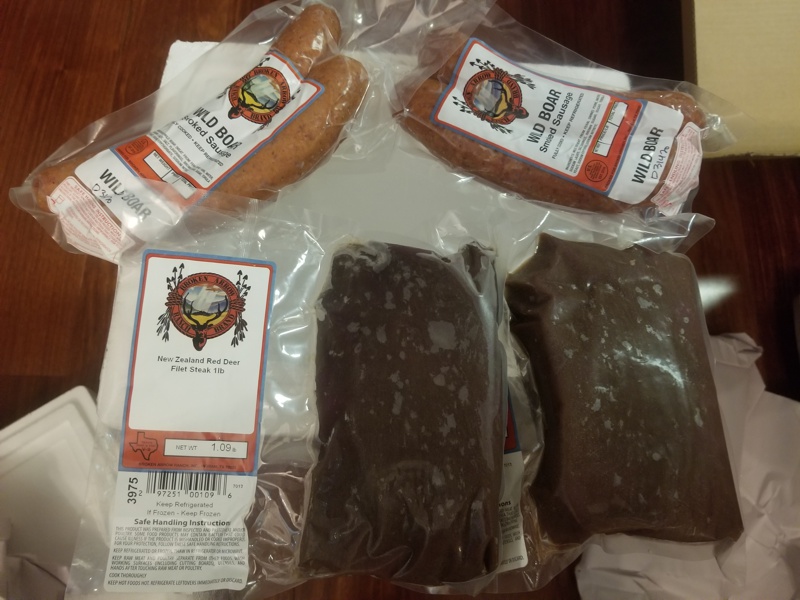
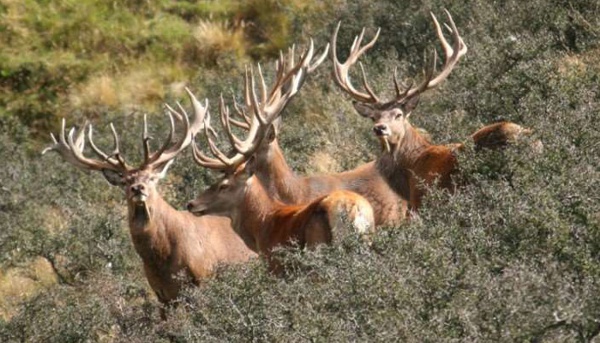
The venison steak was very dark and had a remarkable iron flavor. It tasted like liver, so the experience was appreciated more as an opportunity to taste a new meat than a delicious steak dinner. I tried it once with an acid-based marinate, as many recipe publishers recommend, and another time with just salt and pepper. We preferred the latter.
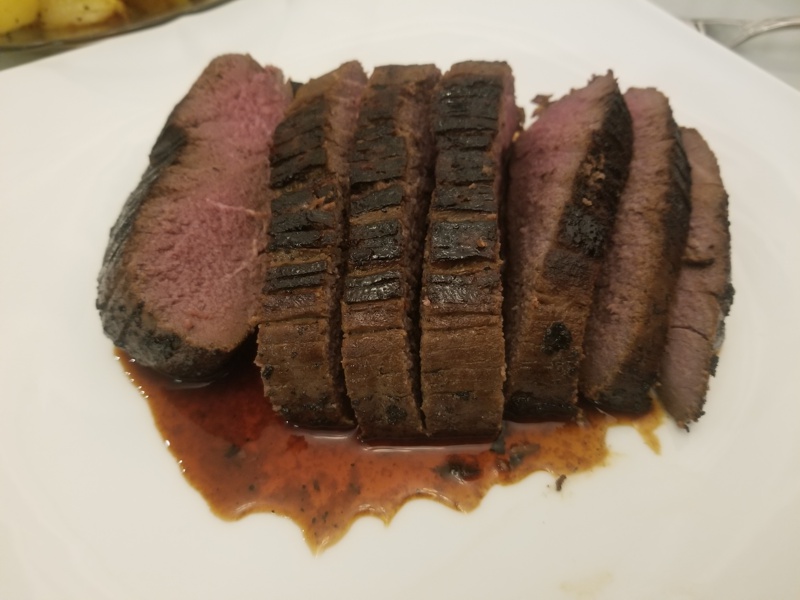
The peculiar case here is that I remembered venison quite differently from childhood… when we went with a tour group to sight-see New Zealand and Australia some 20 years ago, we ate nearly every meal at a Chinese restaurant and there was always a plate of stir-fried venison slices. It was a tastier and more tender version of similar beef or pork dishes. Most of our travel companions enjoyed it, too, and these people were far from adventurous foodies. It was a wildly opposite experience from the steak. I suppose, like duck, that the acceptability of venison depends heavily on seasoning and cooking method.
Elk
For years, I’ve been wanting to try moose, the largest deer in the world. It was quite difficult to find, and every time I tried I instead came across elk (a.k.a. wapiti), its smaller cousin.
Elk jerky can be easily found in grocery stores, and the raw stuff is among the most common offering at game meat outlets. As a steak, it’s fairly dark and “wild” tasting, though the gaminess is on the moderate side compared to venison.

Horse
While I have this obsession to try all sorts of four-legged herbivores, horse kind of sits outside that wish list. I don’t have a logical explanation for this, but remember vividly seeing it reported as scandal on TV news as a child. Australian meat farmers were exporting horse meat as beef to Taiwan, and everyone was pissed off. Since then, I suppose, it was ingrained in my little brain that horse meat was a fraud.
Nevertheless, when we were in Kyoto on honeymoon and a plate labeled “smoked horse” appeared in front of me on a sushi conveyor belt, I grabbed it instinctively. I didn’t like it. Though it wasn’t the horse’s fault, considering how much I disliked smoked foods in general. Sushi rice probably also wasn’t the best vehicle to sample dried red meat, otherwise we’d be seeing bacon sushi and beef jerky sushi left and right.
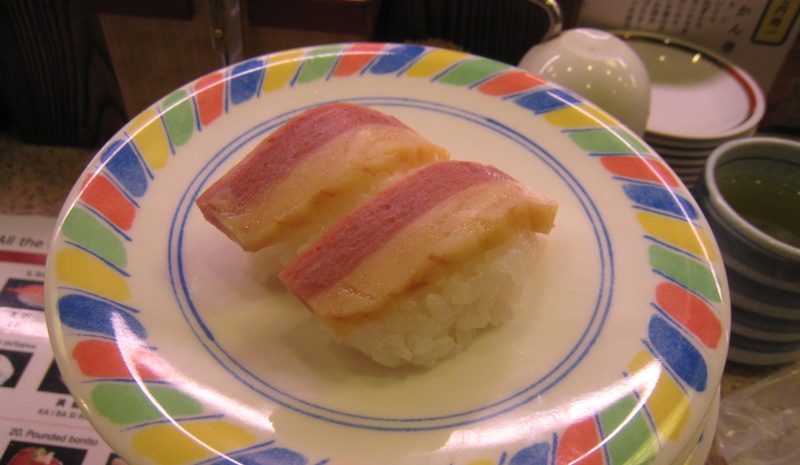
Yak
Yak is the bison of Tibet and a food source for the Tibetan people. Before our 2019 trip to Chengdu, which has a significant Tibetan population, I did a lot of research to get a meal out of this large woolly cow. After screening quite a bit of online reviews among reputable places, I settled on a very nice restaurant called Mr. Yak. I looked forward to it the entire trip. After dragging the whole family over in two taxi cabs, however, we learned that the restaurant had recently closed. What a huge bummer!
With that opportunity missed, I resorted to some yak jerky from a souvenir shop. It was the driest and hardest meat jerky I’ve ever had, but the long-lasting salivating flavor was worth the risk of cracking teeth. The kids enjoyed it, too, despite the infusion of chilies. While the jerky was great, though, I didn’t consider it a real representation of the meat. Thus, yak remains an unchecked item on my bucket list.
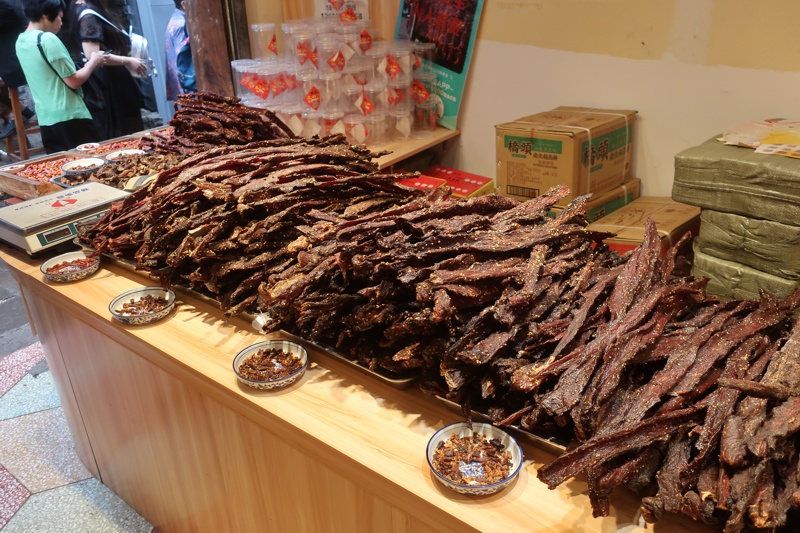
Boar
I think of wild boar as an enhanced version of pork, equivalent to goat and bison. Unfortunately, I don’t have much to go by because all I’ve had was a wild boar sausage. For someone who doesn’t usually like sausages, it had a lovely meat flavor that wasn’t overpowered by smoke or salt. I’d definitely eat a wild boar chop whenever I get the chance to.
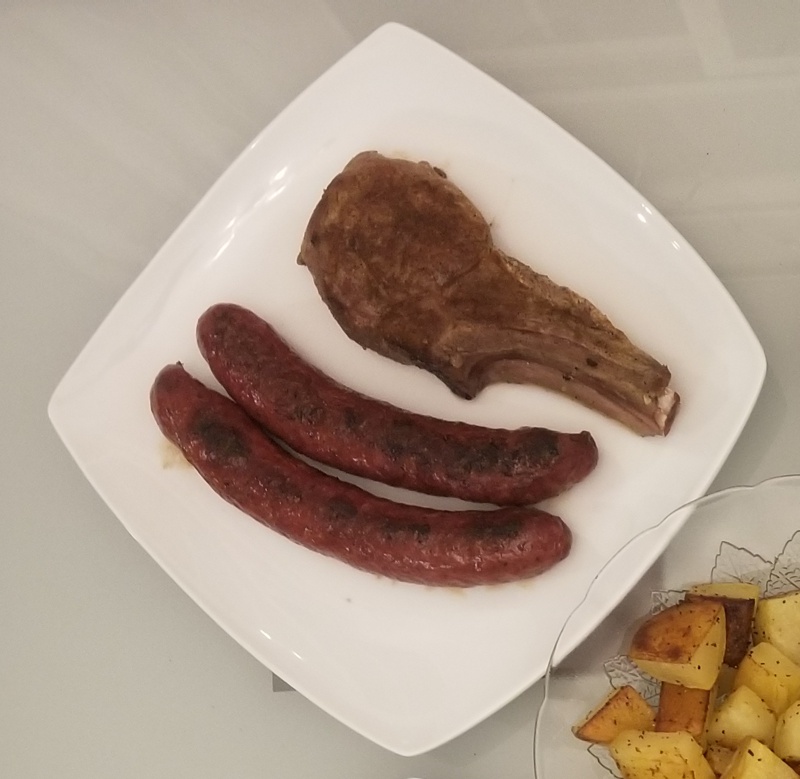
Camel
Quan Ju De, the iconic Peking Duck chain based in Beijing, had a stir-fried camel hump. I tried it once 16 years ago. It was extremely greasy like most of the restaurant’s dishes, which I suspect did not do the animal justice. The sliced camel hump had a nice chewy texture, which I’d be interested in trying again in a different setting.
Kangaroo
Kangaroos in Australia is somewhat like deer in North America. They are everywhere. Farmers and motorists see them as pests. They are also edible, but not commonly seen on dinner tables.
I had an opportunity to try kangaroo meat at a Mongolian BBQ restaurant when we visited Australia 25 years ago. It was thinly sliced, seasoned, and stir-fried on a large griddle. Compared to the beef and pork that were identically prepared, it had a good flavor and was noticeably leaner and therefore very chewy (as you would expect of an animal that bounces around all day). I later read that because the animal is so lean with <2% fat, possible cooking methods are fairly limited.
Years later, I had a kangaroo sausage in Chicago. It was a novelty item, but such lean meat didn’t really shine in a medium that requires a lot of fat.
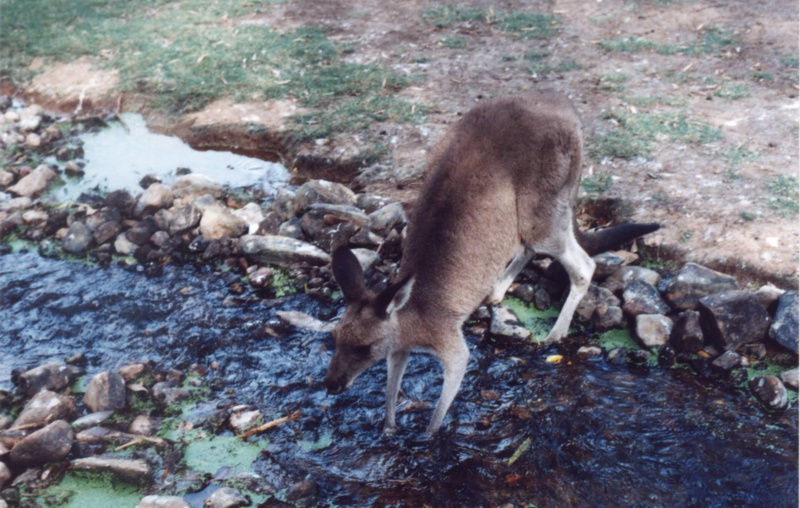
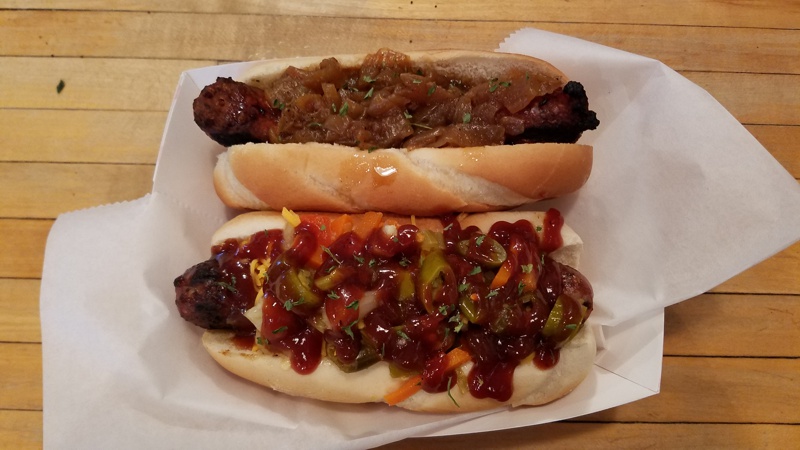
Rabbit
This cute furry critter eats from people’s gardens everywhere in the world, and is eaten by people everywhere in the world. I’ve had it in Chinese soup noodles, Spanish tapas, and a Chicago hot dog (pictured above). The meat-to-bone ratio is really low so I understand if it’s not anyone’s top choice of protein. The taste is fine, though, and can be characterized as “like chicken” more so than most meats on this list. I believe it has potential for broad acceptance as long as people get those cute cartoon characters out of their heads (our tapas waiter presented the rabbit dish to us as “Bugs Bunny”).
People in Chengdu supposedly eat so much rabbit, that they have a ton of leftover rabbit heads to turn into a popular street food. We had to have it, of course. I found it somewhat off putting to gnaw on a critter’s skull, but Xuan thoroughly enjoyed the experience.
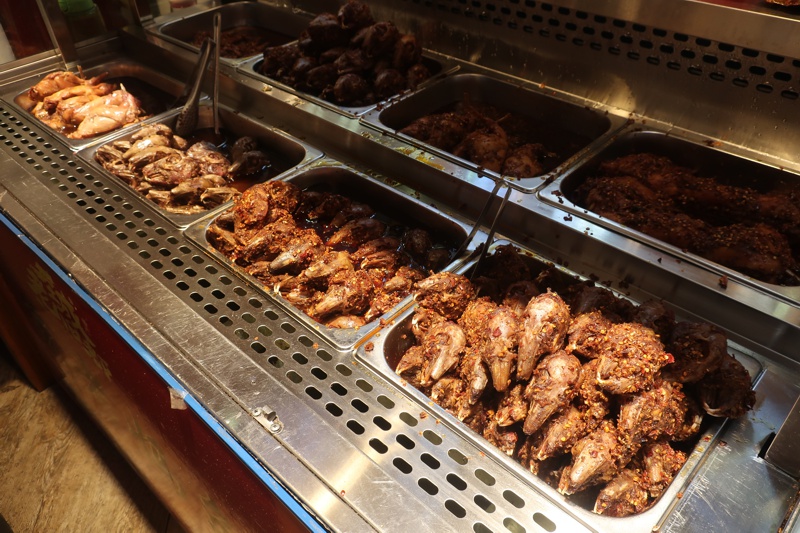
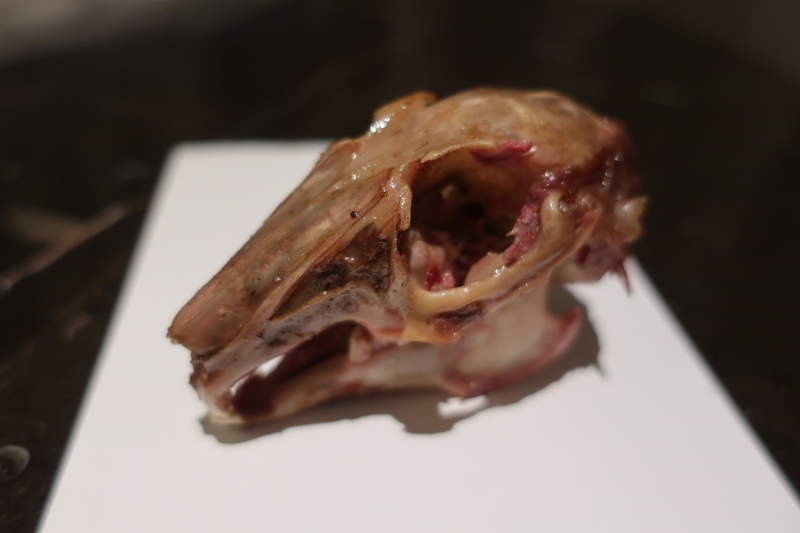
Whale
The largest mammal in the ocean is a controversial thing to eat, and a delicacy in the Japanese culture. When I learned about this Tokyo restaurant specializing in whale meat, it just had to be a stop on our honeymoon.
The restaurant was not accustomed to serving foreigners, as the staff nervously tried to explain to us that they only sold whale and we probably got there by mistake. Naturally, its menu was available only in Japanese and had no photos. We made out what we could in the Kanji and ordered both whale sashimi and deep fried whale. With the language barrier, we couldn’t figure out what type of whale was being served.
It would be an understatement to call whale a red meat. The sashimi was so dark in color that I’d consider it purple. It left a bloody stain when I touched it on rice. Unlike other meats on the darker side of red, such as venison or elk, whale meat was rather modest in flavor, with just a light note of iron. The meat was tougher and more fibrous than all sort of fish, though if hidden among an assortment of sashimi, I’m not sure I’d be able to identify it as red meat.
Hong ordered the deep fried version to mask the weirdness of whale meat but I’m not sure it worked. People don’t tempura land animals for whatever reason so the oil and batter couldn’t exactly hide what this dish was. Additionally, there was a hint of fishiness in the fully cooked meat.
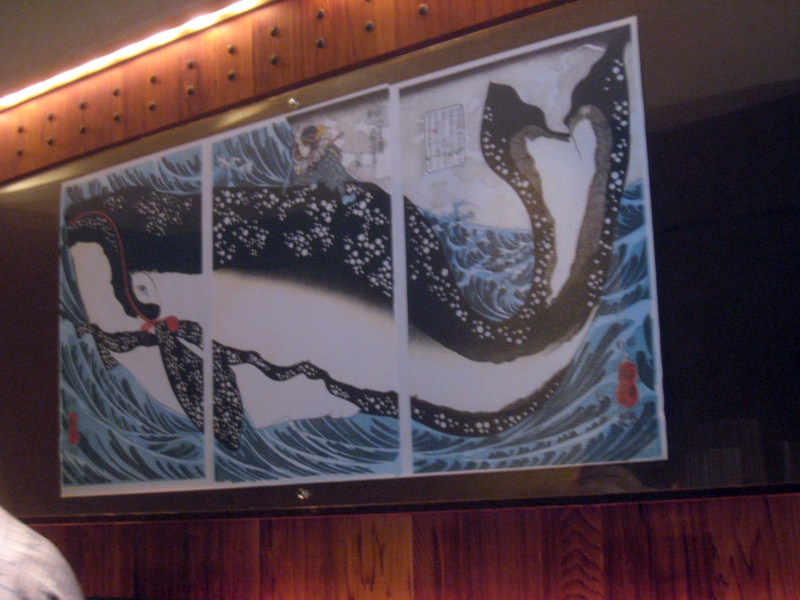
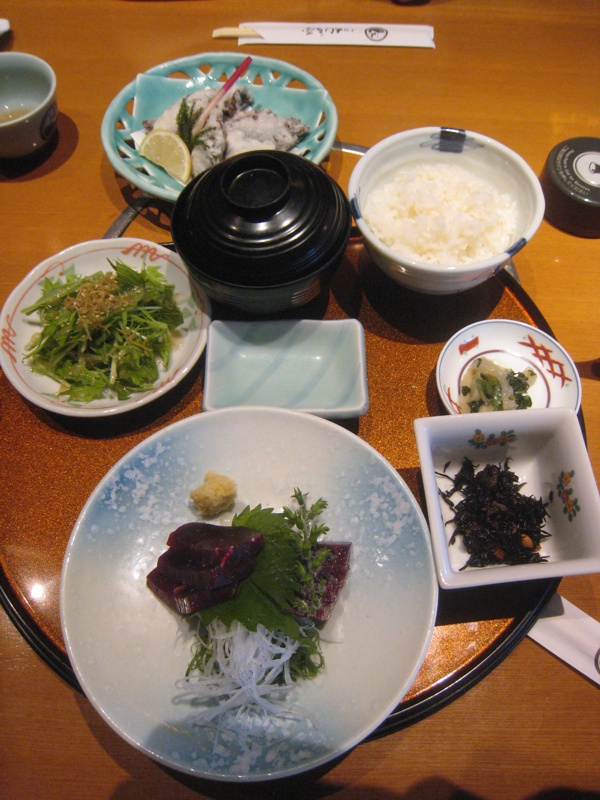
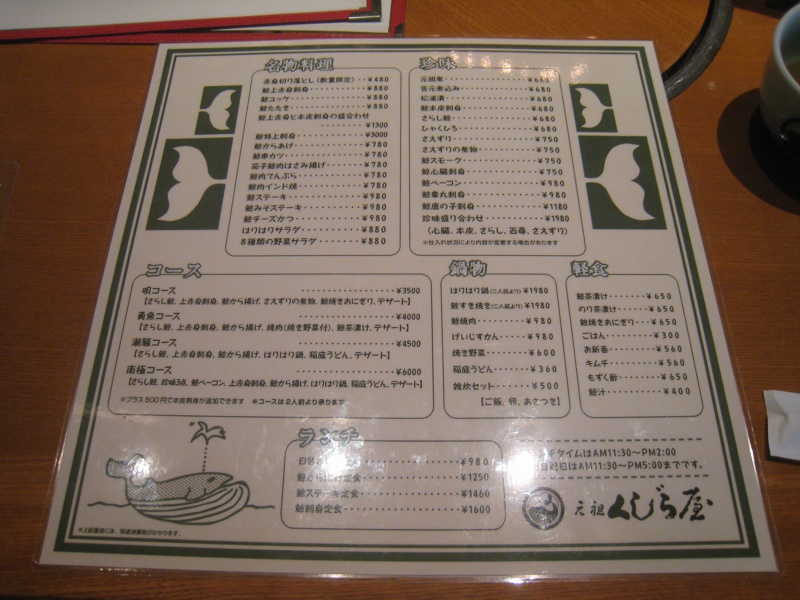

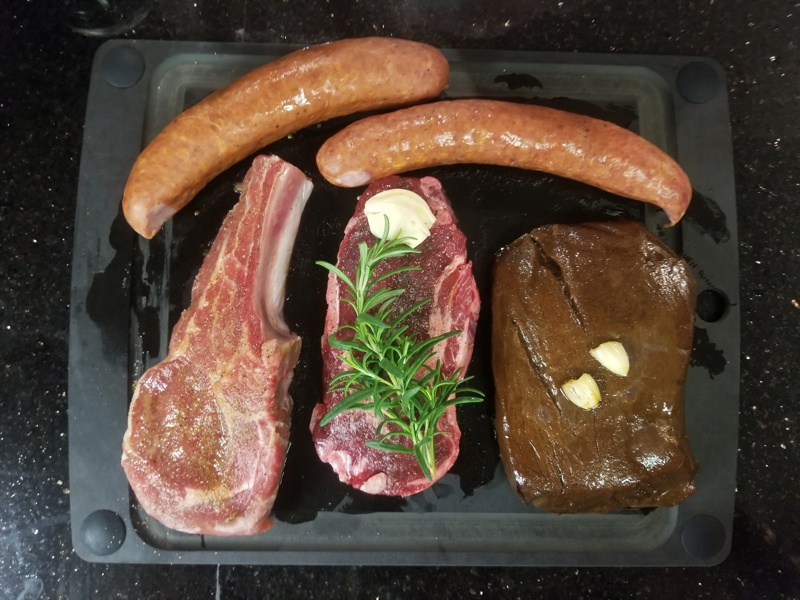
No Comments